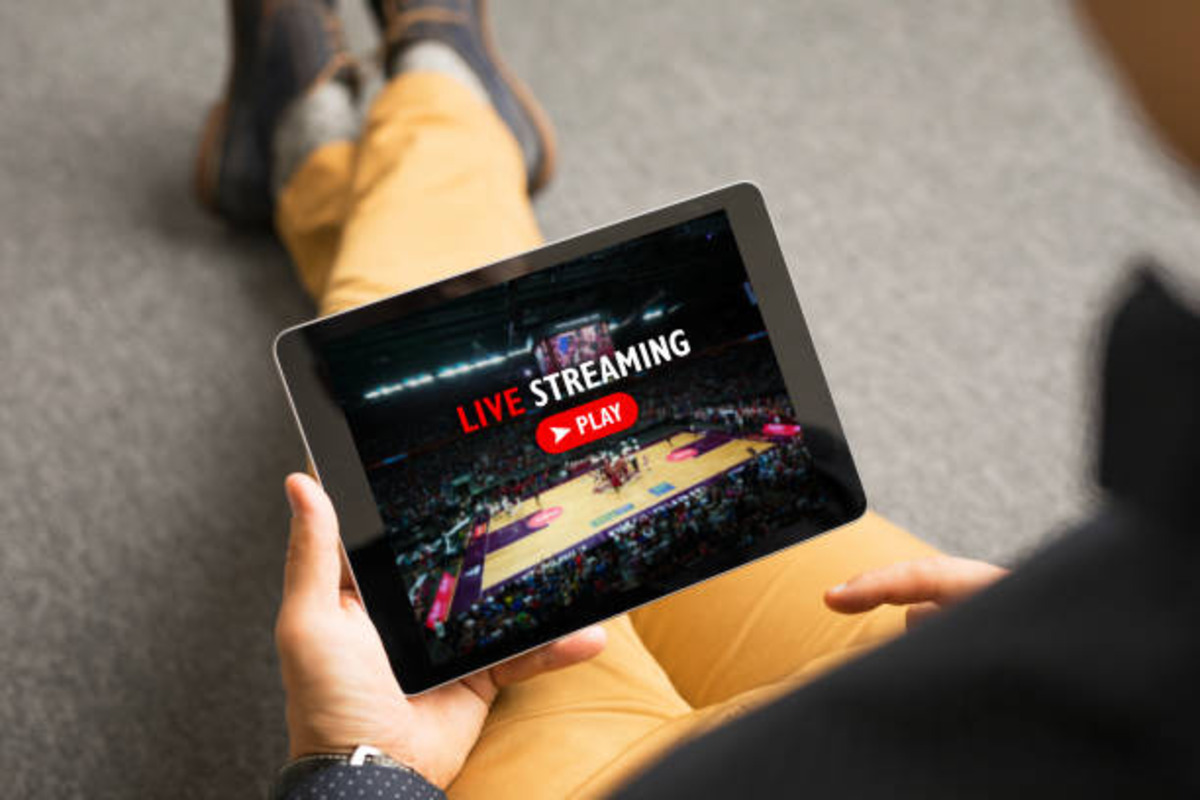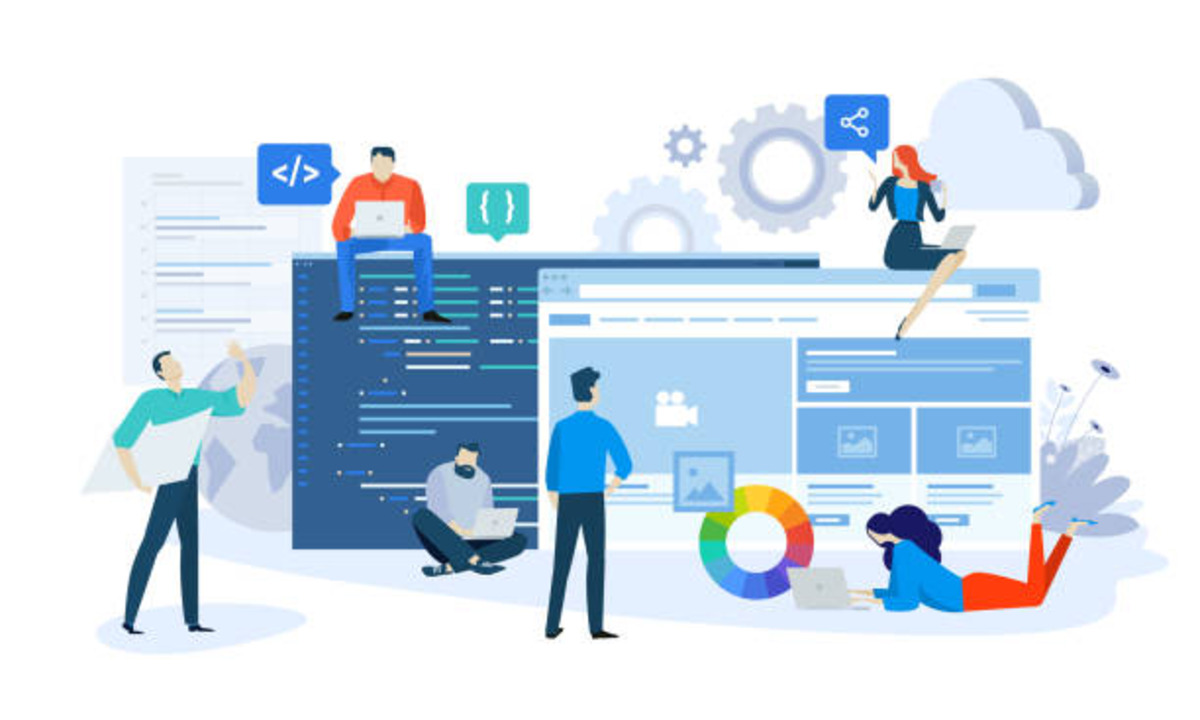

By offering a vast array of original content and flexible pricing options, OTT platforms have made it easier for viewers to access their favorite shows and movies on demand. As a result, many consumers are now turning away from traditional cable and satellite TV.
The COVID-19 pandemic has further accelerated the growth of OTT platforms, as more people are staying at home and consuming content online.
As a result, many OTT providers are shifting their focus to producing content specifically for cloud video platforms.
What do statistics tell about the exceptional growth of OTT cloud video services?
The rapid growth of cloud video platforms has altered consumer behavior, increased personalized experiences, and even created fierce competition between media platforms.
Recent years have witnessed a new global trend in digital consumption. According to Statista, 18.8% of consumers in North America pretended to be 'cord cutters' in 2018. And the trend intensified during the pandemic. There is a 200% increase in time spent on digital OTT platforms.
Up to 82% of American adults think streaming media, movies, and television are more fun than cable television. And only 65.6% of American adults subscribe to cable TV.
These numbers suggest that OTT is taking over cable and satellite television. You can attribute this purchase to its affordability, myriad options, and ability to customize the experience. If you're a content creator, OTT services are a great way to get your content in front of a large audience.
Although people often think that OTT content only includes a video on demand, it also contains streaming audio, messaging services, and VoIP solutions over the Internet.
Different Types of OTT Content
Although OTT content is a broad term, different channels and OTT can deliver content through OTT providers.
The different types of OTT content include
- Video Content covers various educational, entertainment, and lifestyle content.
- Voice Services include WhatsApp, Skype, or other VoIP services provided over an internet connection.
- Messaging: Refers to messaging services like WhatsApp, Facebook Messenger, and Line.
- Audio Apps: Refers to music streaming services like Spotify, iTunes, SoundCloud, etc.
- Television: OTT content delivered through Google Chromecast and smart TVs like Apple TV, Roku, Amazon Fire Stick, etc.
Android and Apple mobile device users can download OTT apps to access OTT content. OTT applications include RDK, AppleTV, Roku, Amazon Fire, or Linux/middleware platforms.
OTT Platforms Differ from Cable and satellite TV in several Ways:

Delivery Method:
OTT platforms, cable TV, and satellite TV all use different delivery methods to transmit content to viewers.
Cloud video platforms deliver content over the internet using a broadband connection. This means that viewers can access content on-demand and on multiple devices, such as
- Smartphones,
- Tablets,
- and Smart TVs
The content is streamed over the internet and does not require a physical connection to a cable or satellite service.
Cable TV, on the other hand, uses coaxial cables to transmit content to viewers. These cables are connected to a cable box in the viewer's home, which decodes the signal and displays the content on the viewer's TV. Cable TV is a one-way system, meaning viewers cannot interact with the content or access additional features.
As the name suggests, Satellite TV uses satellites to transmit content to viewers. A satellite dish is installed on the viewer's home, which receives signals from the satellite in orbit. These signals are then decoded by a set-top box and displayed on the viewer's TV. Like cable TV, satellite TV is also a one-way system.
Regarding delivery methods, OTT platforms offer the most flexibility and accessibility. Viewers can access content on-demand and multiple devices without physical cables or satellite dishes. Cable and satellite TV, on the other hand, require viewers to have a physical connection to the service, which can limit their mobility and accessibility.
Accessibility
OTT platforms offer the most accessibility, as viewers can watch content anytime, anywhere, as long as they have an internet connection.
Additionally, many OTT platforms provide personalized recommendations and the ability to download content for offline viewing, which further enhances accessibility.
Cable TV requires viewers to have a physical connection to the service, which limits accessibility. Viewers must have a cable subscription and a cable box to access content, and they can only watch content on the TV connected to the cable box. Cable TV is also limited to the channels included in the subscription, and the audience cannot access content outside of those channels.
Satellite TV is similar to cable TV in terms of accessibility, as it requires viewers to have a satellite dish and a set-top box to access the content. Viewers can only watch content on the TV connected to the set-top box and are limited to the channels included in the subscription.
Cable and satellite TV are more limited in their accessibility, requiring viewers to have a physical connection to the service and limiting their ability to access content outside their subscription.
Content Library:
OTT platforms typically offer a vast selection of content, including original movies, TV shows, and documentaries. Many OTT platforms also have exclusive content that cannot be found on cable or satellite TV. The content library on cloud video channels is often updated regularly, with new content added regularly.
Cable and satellite TV offer a more limited content selection, as they rely primarily on traditional broadcast channels. The channels included in the subscription package determine the cable and satellite TV content library.
Regarding the type and amount of content, OTT platforms offer the most variety and quantity. They have a vast selection of original and exclusive content and a constantly updated library. Cable and satellite TV, on the other hand, offer a more limited selection of content that is primarily determined by the channels included in the subscription.
Flexible Pricing Models
OTT platforms typically provide a flexible pricing structure, allowing viewers to choose between monthly or yearly subscriptions and the ability to purchase or rent individual pieces of content. This flexibility enables viewers only pay for the content they want to watch and can help save money in the long run.
Cable TV and satellite TV, on the other hand, have a more rigid pricing structure. Viewers must pay for a bundle of channels, including those they want to watch and those they are not interested in. Additionally, cable and satellite TV may require viewers to sign a contract or pay additional fees for equipment rental, installation, or premium channels.
Note: Teyuto offers free and paid lucrative pricing plans to start a streaming business.
Standard Features to Look for in an OTT Platform:

Several OTT platforms on the market offer unique features. It can often be challenging to figure out what features an OTT platform should have before deciding which one to choose.
They all allow you to build an app with a real-time video player that people can use to watch your videos, whether on desktop computers, mobile phones, or tablets. However, there are several other features that you should consider before selecting an OTT platform.
Let's talk about some of the top features to look for in your OTT platform:
1. Video Hosting.
Video hosting is essential for any video streaming platform or software. You want your OTT platform to provide more than just embed code. You want them to host your video, so you don't have to worry about bandwidth.
Video hosting allows you to upload, tag, manage, and deliver content efficiently.
Popular OTT providers like Teyuto provides seamless video hosting functionality. You'll be able to get your videos online quickly, and you can even schedule them in advance.
2. Video CMS.
You need an integrated video CMS to fulfill all video content management functions, including importing, managing, and creating content. Ensure the OTT platform can quickly ingest and upload videos of all file formats.
Take Teyuto's integrated video CMS for example.
It allows you to modify, remove or add meta tags to your videos from one dashboard. You can also integrate social media channels with your content management system.
3. Branded OTT Websites and Apps.
You have two main ways to publish your OTT content: creating a new website or an app for viewers.

Your OTT platform should provide ready-to-use customizable templates for apps and websites. It should also provide an easy-to-use website builder to help you quickly build and launch your OTT apps and website.
4. Monetization of videos.
You want to monetize your video content, so choosing an OTT platform with versatile video monetization options is essential.
Your OTT platform should also allow video monetization models such as
- Recurring payment plans.
- Pay to see.
- Paywall, signature.
- Video for rent.
- Advertising services.
- Free content combined with payment options.
In addition, you need to provide additional resources to perform your chosen monetization model further.
Let's say you intend to run an ad-based VoD service. In that case, the OTT platform you choose should have a built-in ad server to help you manage and run campaigns. The platform must also support all ad formats, such as native, banner, video, and overlay.
Other features include a secure payment gateway, coupon management, free trial, and promotional offers.
5. Video API.
Video API (Application Programming Interface) allows programmers to interact with different platforms, including an online video streaming solution. They allow programmers to quickly create online video portals, mobile apps, or streaming services.
You can even integrate the streaming video platform into your cloud media setup with the API. Overall, the API is great for streamlining coding and delivery, integrating with existing single sign-on systems, building custom apps, and more.
6. Real-time analytics.
Every business requires real-time information and data to gain a competitive edge. OTT is no different.
Real-time analytics will give you insights into your visitors, most viewed content, revenue data, breakdown by topographical region of your viewers, audience duration, and much more.
Adding this in-depth analysis will help you improve your focus and plan for future content. Consequently, it will lead to an increase in revenue and a decrease in turnover.
7. Video player.
Having a complete player that is fast and provides the right user experience is crucial. The OTT platform must provide a video player with these essential features:
- Resume game
- Subtitle support based on WebSRT and WebVTT
- VOD and Live Streaming (HLS) support
Benefits of Launching an OTT Platform with Teyuto

Customization:
Teyuto offers a highly customizable OTT platform, allowing content providers to tailor it to their specific needs and requirements. This includes custom branding, layout, and features to create a unique and engaging user experience.
Content scaling
Move cable TV to an OTT platform and increase the amount of content for users. It offers effective content scaling, which will help you to attract and retain viewers, increase revenue, and stay ahead of the competition.
Different monetization models
Teyuto's monetization models offer flexibility and customization for content providers launching an OTT platform. You can choose the model that best suits your business needs and revenue goals. Click here to read more about different monetization models.
Access to statistics
Teyuto's OTT platform has an advanced analytics tool, allowing content providers to track viewer behavior, engagement, and preferences. This data can be used to optimize content offerings, improve user experience, and increase revenue.
Book an Appointment With Teyuto: Best OTT Provider
We will call you back, share vibrant and successful stories of clients managing their OTT channels, and answer your questions. Let's talk about what you need and how we can help.


Enjoyed this read?